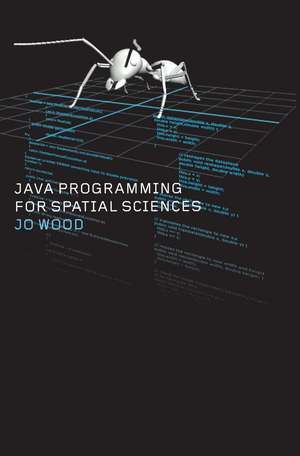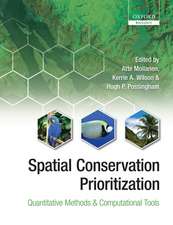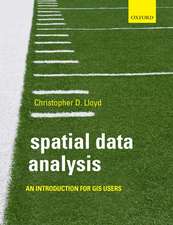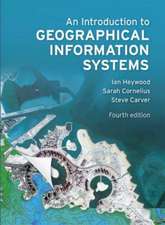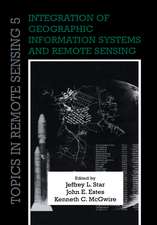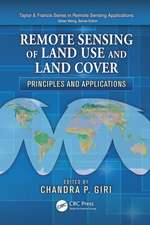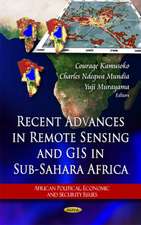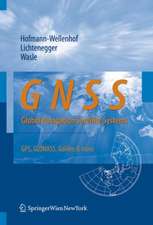Java Programming for Spatial Sciences
Autor Jo Wooden Limba Engleză Paperback – 16 mai 2002
The book introduces object-oriented modeling including key concepts such as abstraction, inheritance and encapsulation. It shows how these ideas can be used to model, process and visualize geographic information leading the reader from initial ideas of class design through to the implementation of feature rich raster and vector models of space. It includes some of the more recent developments in internet technologies such as web-based applets, remote communication and XML, showing how these can be used to deliver geographic information in a modern computing environment.
The text is aimed at new programmers as well as those in fields such as geography, GIS, remote sensing, archaeology and biology who wish to make use of geographic information. It provides a useful course text for advanced undergraduates and postgraduates in these fields. The material is heavily example-led, and contains programming exercises and quizzes, making it suitable for self-paced learning.
Preț: 310.67 lei
Nou
Puncte Express: 466
Preț estimativ în valută:
59.47€ • 64.61$ • 49.98£
59.47€ • 64.61$ • 49.98£
Carte tipărită la comandă
Livrare economică 21 aprilie-05 mai
Preluare comenzi: 021 569.72.76
Specificații
ISBN-13: 9780415260985
ISBN-10: 0415260981
Pagini: 334
Dimensiuni: 156 x 234 x 15 mm
Greutate: 0.48 kg
Ediția:1
Editura: CRC Press
Colecția CRC Press
Locul publicării:Boca Raton, United States
ISBN-10: 0415260981
Pagini: 334
Dimensiuni: 156 x 234 x 15 mm
Greutate: 0.48 kg
Ediția:1
Editura: CRC Press
Colecția CRC Press
Locul publicării:Boca Raton, United States
Public țintă
UndergraduateCuprins
Introduction. Introducing Classes and Objects. Developing Classes and Objects. Controlling Program Movement. Making Decisions. Sharing Classes. Collecting Objects Together. Controlling Dynamic Events. Handling Streams and Files. Communicating with the Wider World. References and Further Reading. Glossary. Index.
Descriere
Java Programming for Spatial Sciences introduces object-oriented modeling, including key concepts such as abstraction, inheritance, and encapsulation. It shows how these ideas can be used to model, process and visualize geographic information leading from initial ideas of class design to the implementation of feature-rich raster and vector models of space and includes some of the more recent developments in internet technologies such as web-based applets, remote communication and XML. The text is aimed at new programmers as well as those in fields such as geography, GIS, remote sensing, archaeology and biology who wish to make use of geographic information.
